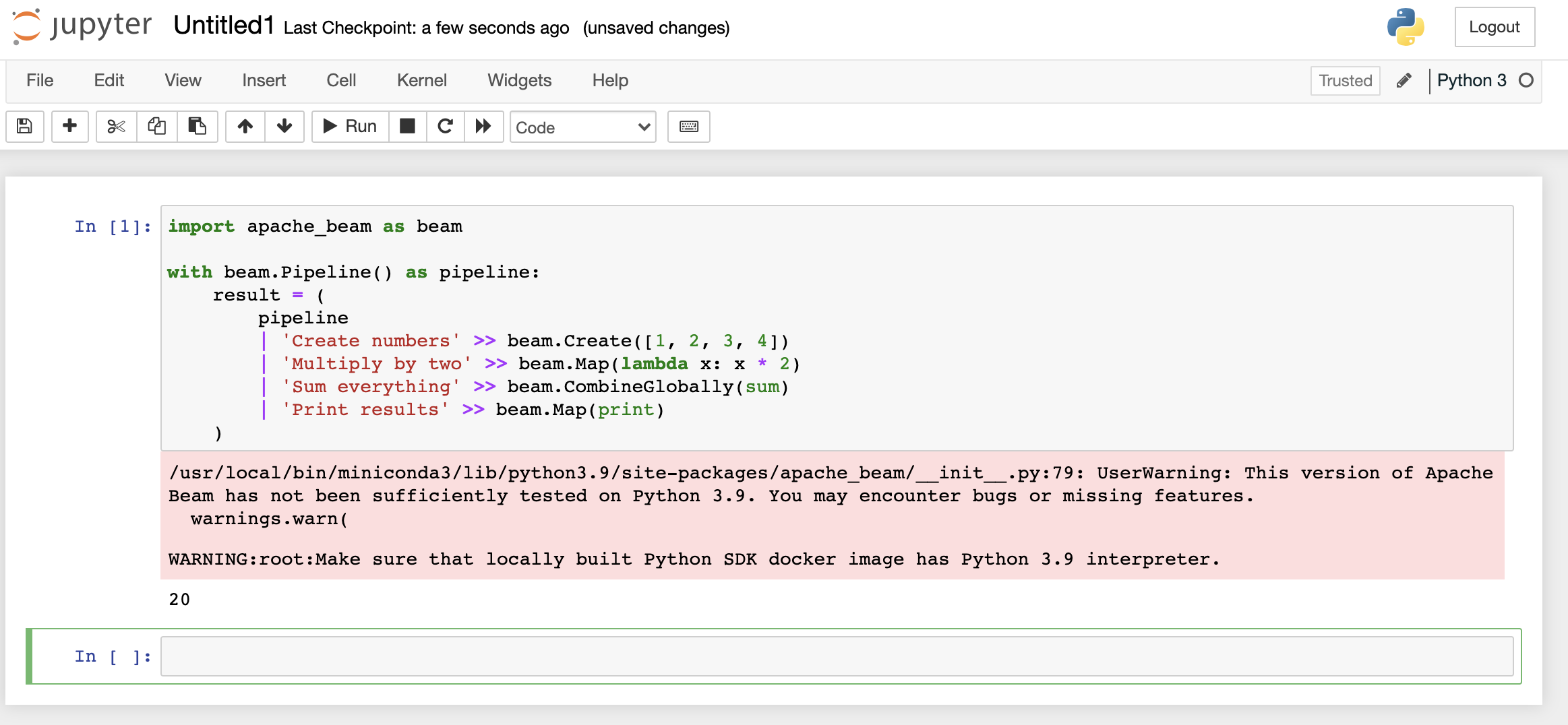Apache Beam - Intro!
What's better than Apache Spark?
Writing Beam pipelines on Spark cluster.
Let’s dive into the Beam world to experience first hand how fluid the design patterns are and how beautiful a job Beam community has done to abstract away the complexities to give the data-engineers a Unicorn, ahem, Unified Programming language.
A Unified Programming language! That’s right - code once, run anywhere, everywhere!! If you have ventured down the path of writing parallel pipelines geared towards specific environment, only to be told to port it to a different environment when it came to production, those painful memories (I have had my share of those working in Genomics field not that long ago) - they are every data engineer’s nemesis.
Finally, Beam addresses this problem by separating the execution logic (runners) from code (pipelines). As of writing, Beam supports,
- Direct Runner (for local development)
- Apache Spark
- Apache Flink
- Google Dataflow
- Apache Samza
- Apache Nemo
- Apache Jet
In addition, Beam supports Java, Python and Golang at the moment and more on the way.
In this post, I share my learnings into a simple pipeline designed with Beam. We will also explore Interactive Beam Visual Display using Jupyter-Notebook.
It is assumed that you have Spark Cluster installed and Jupyter-Notebook running. For more information, see my blog post here.
A Simple Pipeline - Sum of Numbers:
import apache_beam as beam
with beam.Pipeline() as pipeline:
result = (
pipeline
| 'Create numbers' >> beam.Create([1, 2, 3, 4])
| 'Multiply by two' >> beam.Map(lambda x: x * 2)
| 'Sum everything' >> beam.CombineGlobally(sum)
| 'Print results' >> beam.Map(print)
)
Interactive Visual Display of Beam pipeline:
import apache_beam as beam
from apache_beam.runners.interactive import interactive_runner
import apache_beam.runners.interactive.interactive_beam as ib
from apache_beam.options import pipeline_options
from datetime import timedelta
ib.options.capture_duration = timedelta(seconds=60)
options = pipeline_options.PipelineOptions()
p = beam.Pipeline(interactive_runner.InteractiveRunner(), options=options)
words = p | 'Create words' >> beam.Create(['Hello', 'there!', 'How', 'are', 'you?'])
windowed_words = (words
| "window" >> beam.WindowInto(beam.window.FixedWindows(10)))
windowed_word_counts = (windowed_words
| "count" >> beam.combiners.Count.PerElement())
ib.show(windowed_word_counts, include_window_info=True, visualize_data = True)
Happy Coding!! ![]()